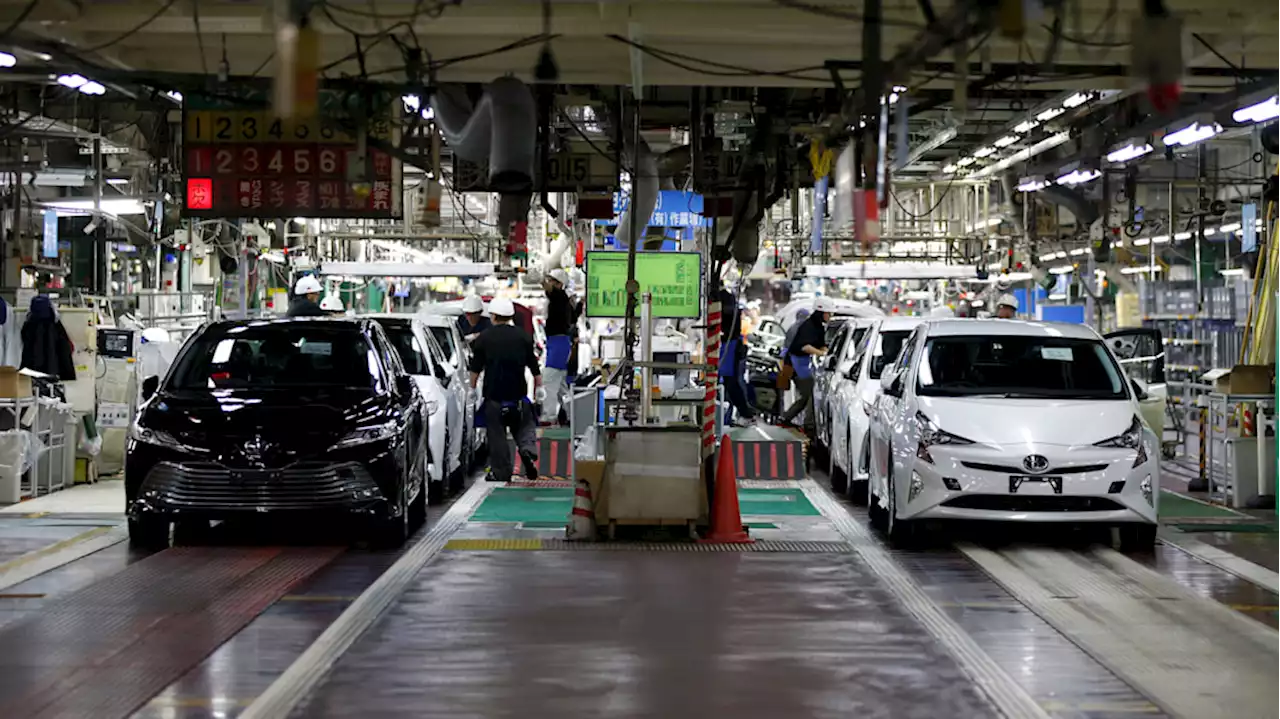Purifying all the copper we need to funnel electricity through everything from vehicles to wind turbines is dirty business.
technology’s greatest inventions began with a dispute between two Italians over frog legs.
The red metal, which is also one of the world’s oldest, has formed the backbone of our lightbulb-loving lives since the Gilded Age. In its conductivity, it’s superior to all its elemental kin except silver. Unlike silver, though, it’s durable—and there’s no electrification without it. A new offshore wind turbine, for example, requires 21,000 pounds of copper. Meanwhile, each battery-powered vehicle uses 183 pounds of it, a full-on mile of the stuff. The annual demand for EVs alone will be 3.
Allanore’s lab at MIT has shown that electrolysis can also extract nickel, cobalt, and manganese—three other minerals crucial for lithium-ion batteries. But copper is king. After leaving ArcelorMittal in 2008, Allanore took a sabbatical at the French National Centre for Scientific Research and then joined MIT in 2010 to continue his work on electric steel. In 2012, he co-founded Boston Metal, a company spun out of MIT that uses current in place of coke to heat iron ore. His colleague and co-founder is Donald Sadoway, an MIT materials engineer whose own work on metal electrolysis dates back to the 1980s. “This is the future,” says Sadoway.
The conventional means of production does use electricity to forge the metal, but only at the end: Blister copper is poured into molds, which are then placed into an electrolyte solution partly made up of the captured sulfuric acid. The reaction that happens next is akin to the mechanisms within a battery. The slabs of blister copper, cooled and molded, act as anodes , and thin sheets of pure copper serve as cathodes .
The vat is then placed inside a small gas furnace that reaches a temperature of about 2,372°F. As the copper concentrate heats up and liquefies, current runs through the cathode. In a matter of minutes, copper starts to drop to the cathode while sulfur atoms travel upward to the anode. The metal that falls cools as purified copper, ready for shaping into wiring; the sulfur that emerges is inert, elemental sulfur, not toxic sulfur dioxide.
United States Latest News, United States Headlines
Similar News:You can also read news stories similar to this one that we have collected from other news sources.
 Canned cocktails and bolder seltzers are set to dominate summerWhen you crack open a cold one this summer, you may be drinking something other than beer.
Canned cocktails and bolder seltzers are set to dominate summerWhen you crack open a cold one this summer, you may be drinking something other than beer.
Read more »
 US judge rejects request to block work for new Arizona copper mineA federal judge has rejected a request by opponents to stop Toronto-based Hudbay Minerals Inc. from preparing a planned new copper mine’s site in the Santa Rita Mountains near Tucson.
US judge rejects request to block work for new Arizona copper mineA federal judge has rejected a request by opponents to stop Toronto-based Hudbay Minerals Inc. from preparing a planned new copper mine’s site in the Santa Rita Mountains near Tucson.
Read more »
 What Do Those Pesky 'Cookie Preferences' Pop-Ups Really Mean?We asked the engineer who invented cookies what they mean and how to handle them.
What Do Those Pesky 'Cookie Preferences' Pop-Ups Really Mean?We asked the engineer who invented cookies what they mean and how to handle them.
Read more »
 Matthew Morrison Exits ‘So You Think You Can Dance' After Not Following ‘Production Protocols'Matthew Morrison announced that he will be leaving the 17th season of “So You Think You Can Dance.”
Matthew Morrison Exits ‘So You Think You Can Dance' After Not Following ‘Production Protocols'Matthew Morrison announced that he will be leaving the 17th season of “So You Think You Can Dance.”
Read more »
 Toyota cuts global production plan by 100,000 in JuneToyota says chip shortages, COVID-19 outbreaks and other factors 'are making it difficult to look ahead.'
Toyota cuts global production plan by 100,000 in JuneToyota says chip shortages, COVID-19 outbreaks and other factors 'are making it difficult to look ahead.'
Read more »
